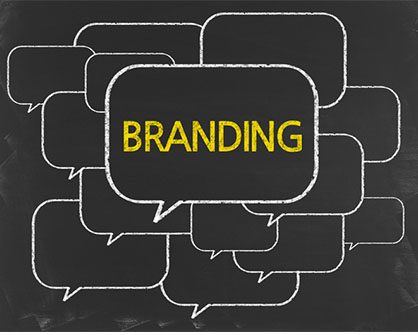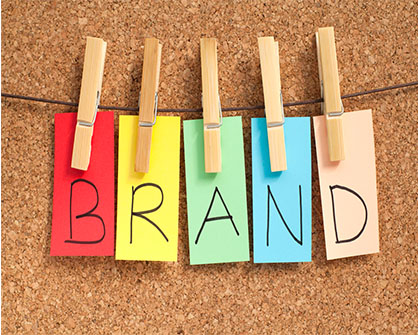As the demand for property rises and new homes start to seem like they ‘sell themselves’ sometimes brand can be ignored or at least pushed to ‘second place’ behind the immediate requirement to build and feed the demand. This is a wasted opportunity for additional profits, building brand recognition and long term corporate growth. While square footage is at a premium in Ireland, developers are not. Don’t sell yourself short!
Why Invest In Your Brand?
By failing to build a brand, property developers can not only be losing out on potential additional profits but also long-term gains by building a reputation and workable case studies for future opportunities. In today’s world, the reputation and brand of the developer and high-profile case studies are central to survival and long-term success. Building your property brand ensures profits, prominence and prestige.
Developing Your Brand
So what benefits will a focus on brand bring? There are tangible and intangible gains for both developer and buyer:
● Developing a sense of place and community
● Creating a greater sense of pride of place and belonging for a new home development or town centre
● Adding monetary value to the householder as an investment purchase
● Adding monetary value to the developer by phasing the sales releases (a potential buyer is more likely to remember and be enticed by ‘Luxury Lake View: Phase 2 ’
● Future-proofing both the area and the investment for further phases
Not Just a Name
For a new home development, a brand is not just about a new development name, but about the qualities that associated with that name and how these are expressed physically through house style, landscaping, play areas, street naming, road signage and wayfinding.
This is combined with communication touch points during the planning, build and sales phases from brochures, signage, advertising and show units through mobile digital applications such as videos, 3D walkthroughs, websites and even virtual reality show units. A strong sense of the place is paramount to getting most customers to connect with the property.
Survive or Thrive – Let IDEA Be Your Guide
In over two decades of working with the property industry in Europe, IDEA has seen many great branding triumphs, as well as a large number of developers who failed to focus on developing their brand. Can you guess which group are more successful?
In our experience, those that survive the occasional and inevitable downturns, invest in their corporate profile and reputation – developing their brand as high quality, conscientious developers. Those that endure, have focussed on building the brands of their developments – and this has been fundamental to their success.
Successful property developers pay attention to brand building. This not only increases their profits in the short term but also helps achieve future development opportunities, impacts planning decisions and helps attract partners and investors- inevitably securing their long-term success.



